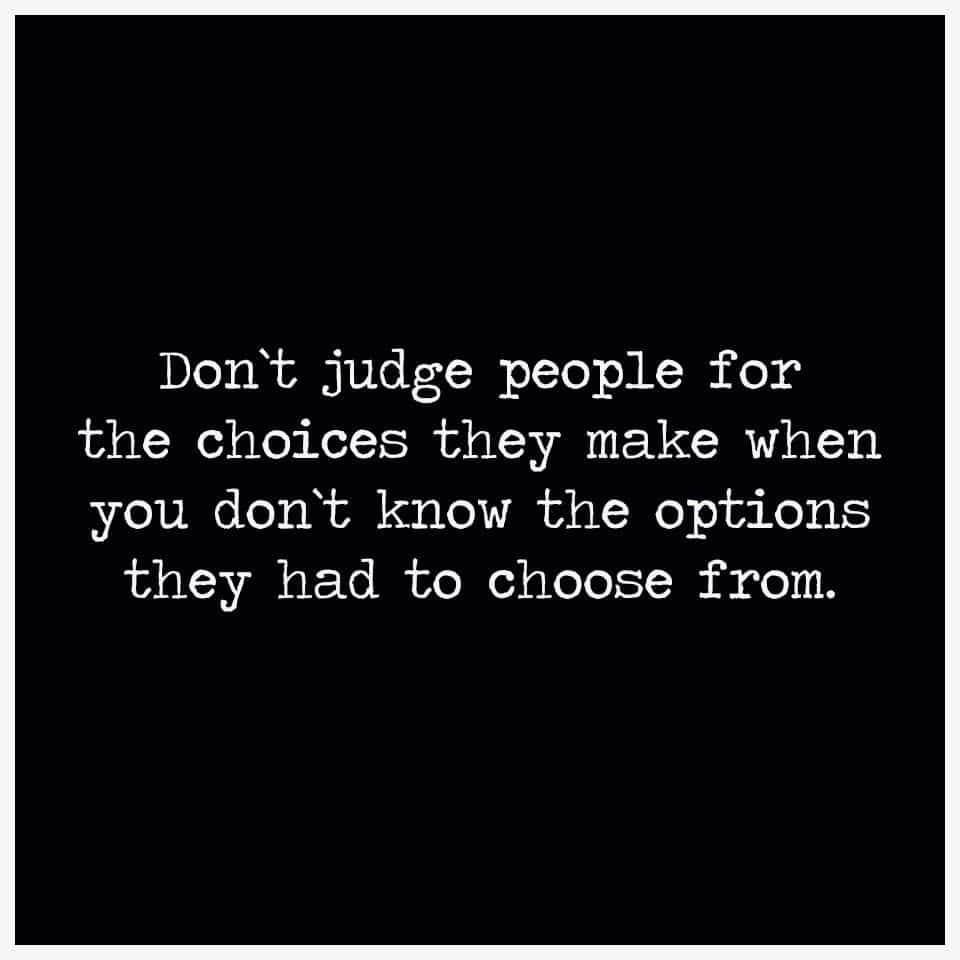According to the National Institute of Health, mood disorders affect 20.9 million adults over 18 and older in the United States. This accounts for approximately 10% of adults in the United States experiencing a mood disorder every year. Still, mood disorders are greatly misunderstood today. If you want to learn more about mood disorders, here are 5 facts you may not know about them.
Your moods are those pervasive and long-term feelings and thoughts you hold inside. Moods can impact your behavior and decisions. Mood changes are normal for everyone, but it affects your everyday ability to function at work, school, and home if you have a mood disorder.
What is a mood disorder?
A mood disorder occurs when there’s a disruption in your emotions that causes extreme highs or extreme lows. Mood disorders are put into two large categories: bipolar disorders and depressive disorders.
There are two specific areas of your brain, the amygdala, and the orbitofrontal cortex, which are located in the front of your brain, that are thought to be responsible for controlling your emotions and feelings. Studies found that people with mood disorders have a larger amygdala. This supports the idea that abnormalities in this part of the brain can lead to mood disorders. It’s thought that repeated episodes of a mood disorder may contribute to this area’s enlargement.
Bipolar mood disorders
A bipolar disorder or manic depressive disorder is defined as extreme mood swings in between depression to mania. When you have a manic episode, you may feel elated or very irritable with increased activity at all times of the day or night.
There are 4 types of bipolar disorder.
Bipolar 1:
This the severest form of bipolar disorder. The manic episodes may last as long as a week and can result in hospitalization. You can also feel depressed for weeks at a time, or sometimes both mania and depression at the same time.
Bipolar 2:
This mood disorder creates cycles of depression similar to bipolar 1, but it is usually less severe and not as intense. You can handle your daily responsibilities, and most people who suffer from bipolar 2 don’t need hospitalization, but it still affects your life and how you relate to others.
Cyclothymia disorder:
This type of bipolar disorder has milder side effects. If you have this, you’ll experience irregular mood swings, some highs, and lows without the extremes. These will last for short periods of time. Adults aren’t diagnosed with this unless they’ve experienced the symptoms for at least two years. Sometimes it’s hard to diagnosis for this reason.
Unspecified bipolar disorder:
This bipolar disorder doesn’t meet the other criteria that define the other types, but you may still have noticeable abnormal mood swings.
Suppose you have experienced these feelings and wonder if you may have a bipolar mood disorder, talk with your doctor. They will run a variety of tests to determine the cause of your mood swings. They may also suggest you see a counselor to talk to about your highs and lows.
Depression mood disorder
Depression is very common. You may feel depressed due to grief, a traumatic event or crisis such as a death in your family, losing your job, or having a debilitating disease. Depression that continues after the stressful event is past or lessened is classified as clinical or major depression. You are diagnosed with clinical depression if you have symptoms that last for two weeks or more.
Below are the types of depression mood disorders.
Persistent depressive disorder:
This is a chronic depression that lasts for years. You may have breaks in your depression, but it’s fairly consistent for you to experience it daily.
Postpartum depression:
As the name suggests, postpartum depression can happen during and/ or after delivering a baby. It can be due to hormone changes. But for some, the depression lingers months after giving birth.
Psychotic depression:
This is severe depression with psychotic episodes like seeing something that isn’t there and hearing something that isn’t there.
Depression due to medical illness:
This type of depression can happen when you’ve been diagnosed with an illness. The diagnosis can make you feel depressed because you’re not able to do the things you want. You may feel like life isn’t pleasurable or fun anymore. This is a common depression experienced by older adults if they are diagnosed with a chronic disease. Depression in the elderly is very common.
Seasonal affective disorder:
This type of depression occurs for some individuals in the fall and winter months, especially in areas where the weather turns cold and cloudy. It’s triggered by a lack of sunshine and feels like major depression for people. Typically, when the weather gets sunnier and warmer, the depression lifts. Many people who suffer from this type of depression use a light therapy lamp to lessen their symptoms.
10 facts about mood disorders most people don’t know
Here are a few interesting things that many people do not understand mental health.
1 – Medications can be the cause of a mood disorder
Taking some medications mimic mood disorder symptoms. Corticosteroids, chemotherapy drugs, beta-blockers, Parkinson’s disease drugs, estrogen replacement drugs for menopause, birth control pills, and cholesterol-lowering drugs all affect your mood. Other mediations that affect your mood include
- Acne medications
- Pain relievers
- Allergy medications
- Thyroid medications
- Antibiotics
If you take these medications and notice you feel depressed or have extreme ups and downs, talk to your doctor to see if there are alternative drugs you can take with fewer side effects.
2 – Genetic Factors
Studies show that specific genes make you prone to mood disorders. A family history of mood disorders will make you more likely to develop one. If your parents suffer from a mood disorder, you’re at an even greater risk for developing a mood disorder in your life.
3 – Hormonal imbalances
Hormones can affect your mood and increase your chances of a mood disorder. Increased levels of hypothalamic-pituitary-adrenal activity are one type of hormonal condition that caused depression. Also, increased levels of TSH, a thyroid-stimulating hormone, effects mood swings, and depression. Approximately 4.6 of the United States population 12 years and older suffer from hypothyroidism, which causes depression. Your thyroid is a butterfly-shaped gland on the side of your throat. This gland produces hormones that regulate your energy and metabolism levels. Too little TSH in your blood indicates your thyroid gland isn’t working correctly. This is hypothyroidism. The symptoms include
- Anxiety
- Weight gain
- Tiredness
- Hair loss
- Cold
- Constipation
- Irritability
- Depression
This condition is more common in women. Thyroid changes are common during pregnancy, and this is when many women find out they have hypothyroidism. If you are experiencing these symptoms, talk to your doctor. They will do a blood test to check your TSH levels.
4 – Psychosocial Factors
Stressful life situations such as traumatic events or abuse in childhood put you at a higher risk of developing a mood disorder later in life. Indeed, a 2019 article published in Frontiers in Psychiatry cites trauma as a common trigger for mental health crises, such as depression and PTSD.
5 – Woman suffer from mood disorder depression more than men
Women are twice as likely to suffer from a mood disorder compared to men. Women also have more symptoms and more severe mood disorder symptoms compared to men.
Best natural treatments for mood disorders
Early diagnosis and treatment are important to deal with your mood disorder. Once you have a thorough assessment, you and your doctor will decide the best treatment. Many prescription medications help with mood disorders. Along with these medications or sometimes in place of them, depending upon your diagnosis and your doctor’s treatment suggestions, these treatments can help mood disorders.
Mindfulness
Mindfulness is a practice that helps you be more aware of and in control of your emotions, anxiety, and stress. It helps you relax through breathing and other techniques. This can be helpful to slow down the progression of mood disorder symptoms. Mindfulness activities like
- Mindful eating
- Mindful thoughts and body awareness
- Mindfulness mediations during walks
Brain stimulation therapy
Repeated brain magnetic stimulation has shown good results in treating mood disorders. This outpatient treatment involves cortical stimulation to speed up or slow down your brain’s activity. The procedure takes around five sessions over a 4 to 6-week period. It has no long term side effects. Short-term side effects include a headache or some minor scalp pain in the treatment area.
Healthy diet
A 2020 study published by Harvard University confirmed what doctors suspected all along. Maintaining a healthy diet decreases your risk of a mood disorder. Eat a diet with vegetables, fruits, whole grains, lean meats, and dairy foods is essential.
Yoga or exercise
Regular exercise protects you against developing a mood disorder. Inactive people have a greater chance of depression. This is because exercise has a positive effect on your brain, releasing endorphins, which improve your mood.
Quit smoking
People who quit smoking say they feel more positive and optimistic about their future. Smoking is an antidepressant that increases your anxiety and the chances of becoming depressed.
Increase omega3s
Omega-3 fatty acids serve as antidepressants. This is because fatty acids regulate the serotonin and dopamine in your brain. Fatty acids also have anti-inflammatory and antioxidant benefits for your body.
Final Thoughts on Better Understanding Mood Disorders
Mood disorders are often misunderstood and misrepresented. They are more common than you think, so it’s important to understand what they look like and ways to decrease your chances of developing a mood disorder later in life.
















 Community
Community

